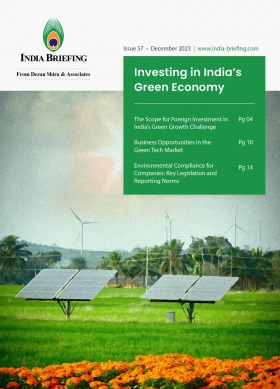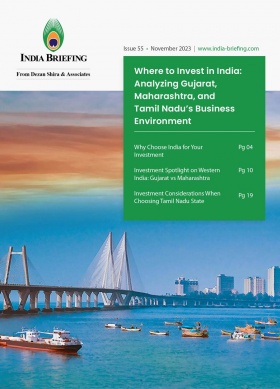Mumbai Trans Harbour Link Inaugurated: Key Insights into India’s Longest Sea Bridge
The 22-km-long Mumbai Trans Harbour Link (MTHL), officially called the Atal Setu Nhava Sheva Sea Link, will be operational six years after the project began construction. It was inaugurated January 12 by Prime Minister Narendra Modi.
Strategically engineered for a robust 100-year lifespan, incorporating advanced Japanese technology in its construction, the Mumbai Trans Harbour Link is the latest in a series of infrastructure projects boosting connectivity across India’s key metropolis hubs.
Linking with the arterial Mumbai Pune Expressway, the MTHL sea bridge is set to significantly improve connectivity between the state’s two largest cities, Mumbai and Pune.
 Source: The Metro Rail Guy, Insights IAS
Source: The Metro Rail Guy, Insights IAS
Key connectivity points on the Mumbai Trans Harbour Link
Conceptualized 60 years ago, the Mumbai Trans Harbour Link connects the industrial area of Sewri on the eastern shore of the Parel island with Chirle in the Raigad district on the mainland, reducing travel time between the two locations to within 20 minutes. Sewri East is home to various industrial units in the petrochemical industry.
The MTHL sea link is a twin-carriageway six-lane bridge over the Thane Creek in the Arabian Sea, including a 16.5 km sea link and viaducts on land at either end with a cumulative length of 5.5 km. The MTHL has an open road toll system and uses orthotropic steel deck technology in its construction.
This infrastructure upgrade is expected to enhance connectivity in the Mumbai Metropolitan Region, covering the districts of Mumbai, Thane, Palghar, and Raigad, promoting regional economic development, and alleviating congestion on existing routes, such as on the Vashi bridge.
Further, the upcoming Navi Mumbai airport is 14km from Chirle.
Project management: Stakeholders and costs
After facing delays, the Atal Setu Nhava Sheva Sea Link/MTHL gained momentum under the Metropolitan Region Development Authority (MMRDA) as the project’s nodal agency. An agreement with the Japan International Cooperation Agency (JICA) secured 80-85 percent of the total project funding, with the remaining cost shared by the state and central governments. Commencing in early 2018, the total spending on the project is reported to range between INR 180 billion to INR 212 billion (approximately US$2.17 billion to US$2.55 billion).
Regional economic integration a key goal
According to a study conducted by MMRDA and JICA, the Mumbai Trans Harbour Link is anticipated to reduce the travel time between Sewri and Chirle from about two hours to 15-20 minutes. With an estimated daily usage of 70,000 vehicles, the project is poised to significantly enhance regional connectivity.
The MTHL is expected to play a pivotal role in fostering greater economic integration between Navi Mumbai and Mumbai, extending its benefits to areas such as Panvel, Alibaug, Pune, and Goa. Furthermore, it will substantially improve the linkage between South Mumbai and key infrastructures like the under-construction Navi Mumbai International Airport, the Mumbai Pune Expressway, the Mumbai-Goa Highway, and the main hinterland. Additionally, the project will enhance accessibility to the Jawaharlal Nehru Port, contributing to overall regional development.
Once operational, this project is expected to act as a catalyst for economic growth, according to Dr. Sanjay Mukherjee, Commissioner of the MMRDA. Mukherjee foresees the Mumbai Trans Harbour Link to facilitate a potential five percent boost to Maharashtra state’s GDP and a one percent increase in the national GDP.
Challenges
The MTHL may not be popular with regular commuters due to the costs associated with traveling via the new sea link. The toll, set at INR 250 (approximately US$3.01) for a one-way crossing, is perceived as high, and key landing points are situated away from residential areas. Currently, public transport routes utilizing the MTHL have not been announced.
About Us
India Briefing is produced by Dezan Shira & Associates. The firm assists foreign investors throughout Asia from offices across the world, including in Delhi and Mumbai. Readers may write to india@dezshira.com for more support on doing business in India.
We also maintain offices or have alliance partners assisting foreign investors in Indonesia, Singapore, Vietnam, Philippines, Malaysia, Thailand, Italy, Germany, and the United States, in addition to practices in Bangladesh and Russia.
- Previous Article India to Push for Social Security Agreement with the US at Trade Policy Forum Meeting
- Next Article Outcomes of the 2024 India-US Trade Policy Forum Meeting








